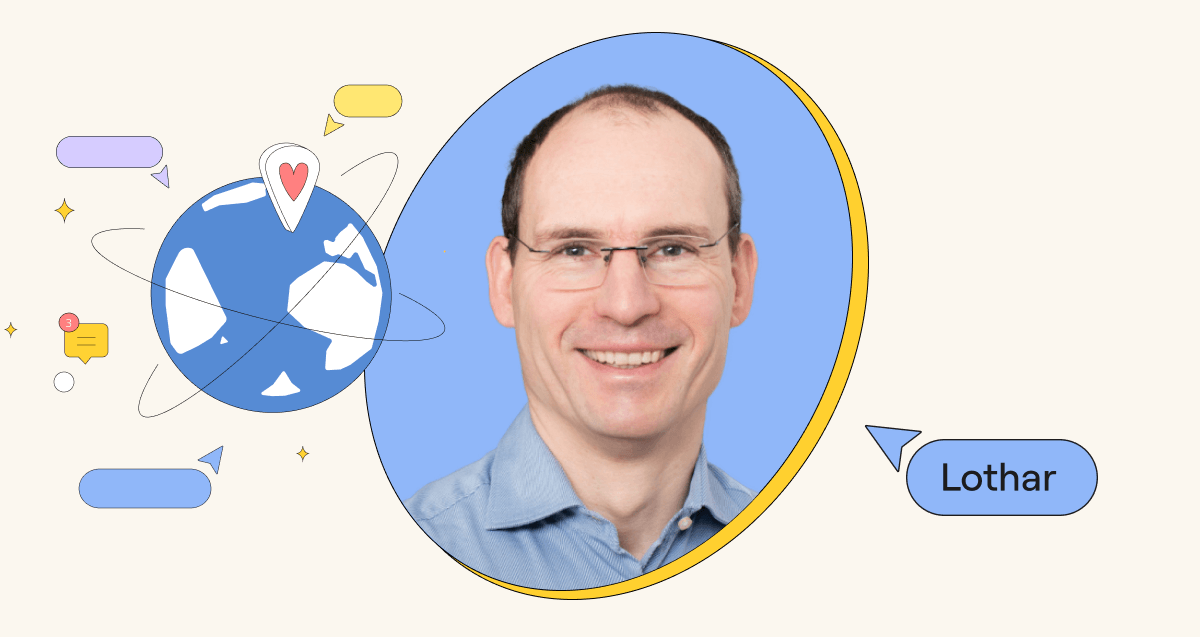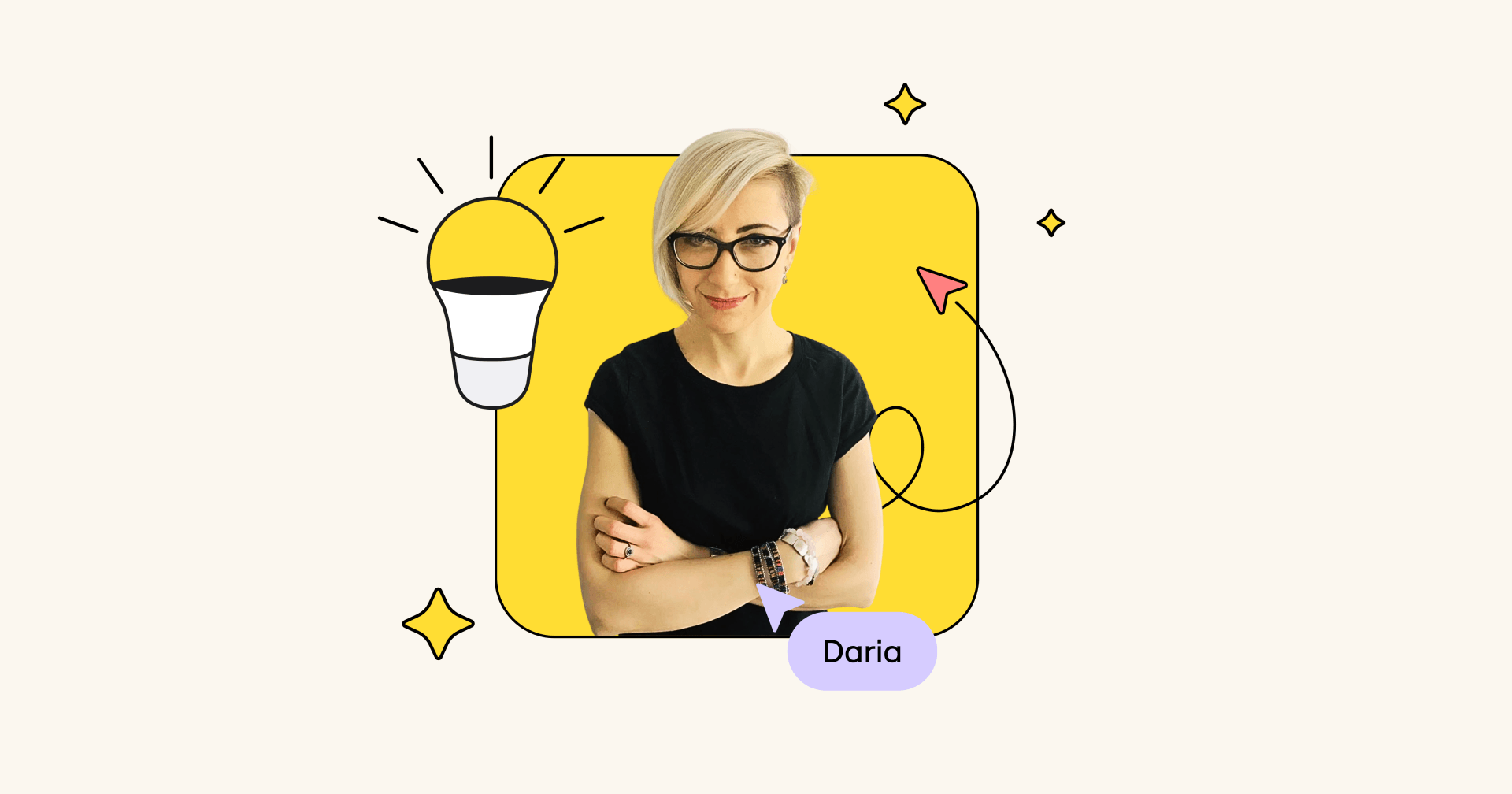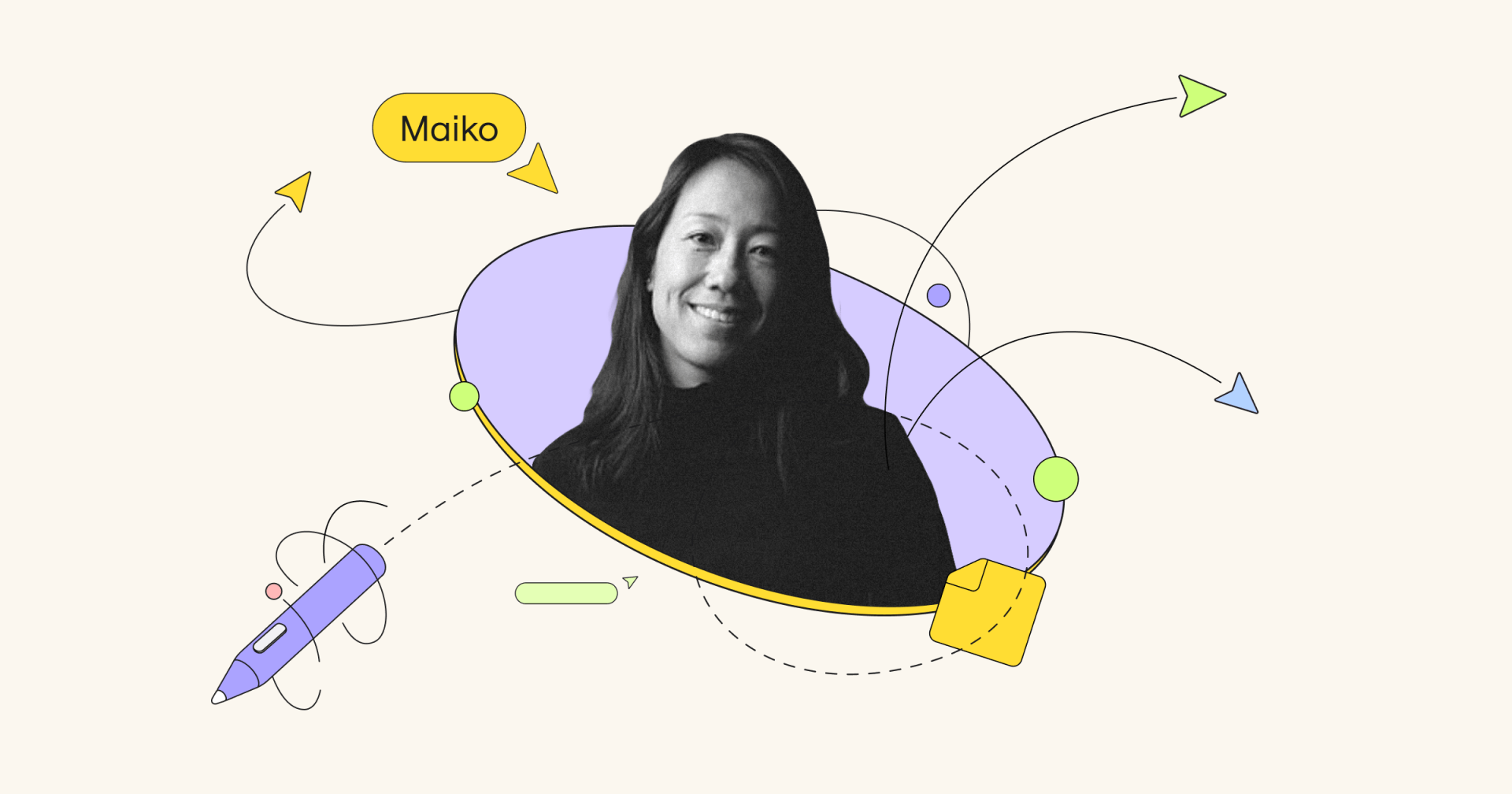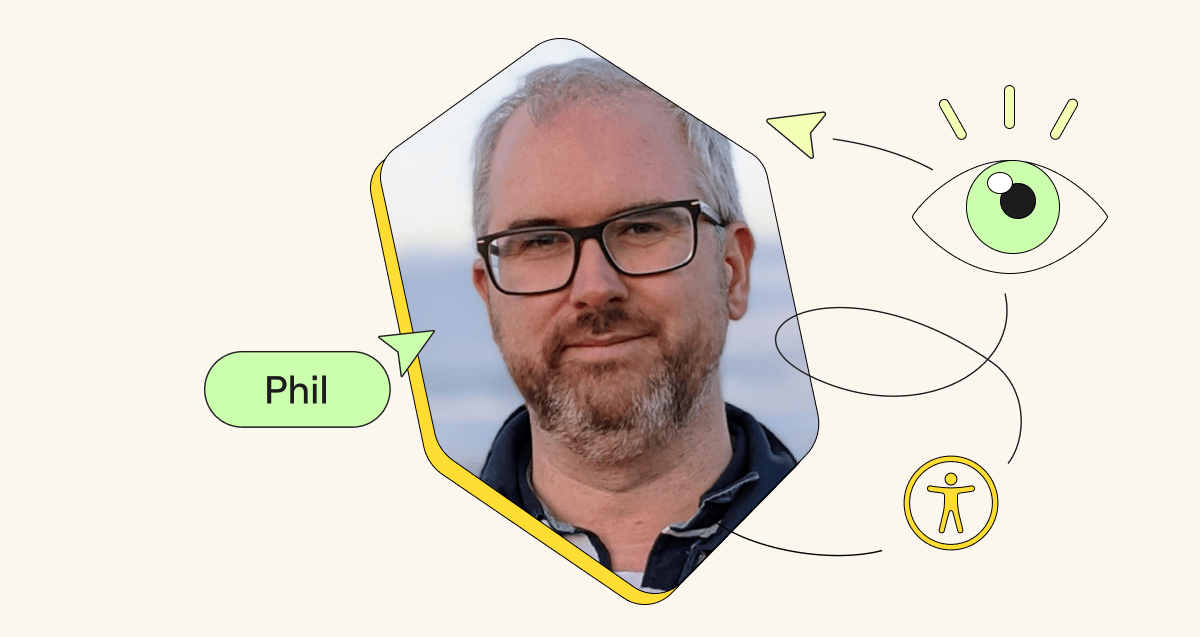This week we’re joined by Lothar Schulz, our Head of Board Server Engineering, who tells us what it’s like to cultivate a sense of belonging amongst teams that are culturally — and literally — worlds apart.
Hello! I’m Lothar, Head of Board Server Engineering, writing to you from the Miro hub in Berlin. I joined Miro in November and currently manage 3 teams: 2 in Yerevan, Armenia, and 1 in Berlin, Germany. Our teams work on the board server, which is one part of Miro’s backend.
For those who don’t know, the board server:
- Executes changes of Miro boards’ widgets (e.g. stickies) in backend servers
- Notifies and updates other boards’ participants about changes
- Persists boards’ widgets changes
Right now, our main focus is to power up our persistence technology.
In the end, this is all nerd and geek stuff, so just imagine a car driver going full speed on the German autobahn in a sports car. Our teams exchange the V8 engine for 4 electric engines — 1 per wheel. At the same time, the driver presses the accelerator pedal as much as they can. That’s what we do! We are committed to making this exchange a success.
Coming from a curious place
I’m a Berlin native. This might sound strange, but that’s what I love about working at Miro: You meet people from all over the world! It’s a pleasure for me to be able to interact with people from so many countries.
I started out studying computer science, with a background in photography. While studying, I learned to code, and at first my reaction was, “What is this? You never go into that.” Then I flipped the switch and learned it, the hard way. Since then, I’ve loved it. Coding is my personal passion. I do it whenever I can, at least once or twice a week. This helps me work with my engineers, because if you can show them, to a certain degree, that you went through similar situations, and even worked with similar programming languages.
As a leader, I personally really like servant leadership and situational leadership. I enjoy working with JVM-based and container technologies. I feel there is a lot more to learn in both of my interest areas, technology and leadership, and I try to be curious and open to new ideas — and even do stuff like this interview!
Keeping 3 teams connected across the world
Miro is truly a global company… our workforce represents more than 60 nationalities! Everyone comes with expectations, ideas, and perspectives shaped by their unique experiences. This can sometimes make it tricky to bring everyone together under a shared vision and objective. In the past, I’ve worked mostly in companies where the overall culture is very melting pot-like — almost uniform, so to juggle between those melting pot ideas and this really diverse set of cultural backgrounds is a true challenge.
But I love challenges, so here are some of my key takeaways on how to remotely manage 3 teams in 2 different cultures.
Efficient communication is key
I focus a lot on asynchronous communication and on written communication, for 2 reasons. Reason #1: Time difference. There’s only a few hours’ time difference between Yerevan and Berlin, but they still need to be accounted for. Reason #2: I want people to work whenever they feel comfortable (unless deadlines are due).
With written comms, what I really like is some kind of structure that allows me to grasp concepts quickly. I’m inspired by ideas of narrative writing:
- A problem statement
- 3–5 sentences giving context and background
- 1 sentence containing solution proposals, ideally 3 max
- 1 sentence on why one specific solution is the best to choose
- An FAQ section, if applicable
- A RACI section, if applicable, detailing who is responsible, accountable, consulted, and informed.
Efficient communication is key. When such a structure is used, I believe this allows readers to understand each other quicker, even across languages and time differences.
The power of lunch
Maybe it sounds like a joke, but I enjoy lunch conversations! I ride my pushbike to the office. It’s 50 minutes one way, and I often arrive hungry at the office. At Miro, our food basket and all those snacks are really good, but all that exercise means that when I get to lunchtime, I’m really hungry. Lunchtime at the office also lets me meet new people. For example, some people from Amsterdam joined the Berlin hub yesterday, and today I got to meet them over lunch. What I like about Miro’s hybrid strategy, Miro Together, is that you have the best of both worlds. If I was only working remotely, I could not have lunch breaks with colleagues. Of course, I could eat in front of my laptop, but this just feels different. However, we also have the option to work from home some days in the week.
Cultivate a sense of belonging
At Miro, we’re encouraged to share our mood and talk about topics outside of work. This works best in relaxed water cooler or lunch conversations in the office. My colleagues and I agree that in order to help facilitate this, I need to travel more just to be personally in Yerevan, as well as in Berlin. Traveling to Yerevan means little sleep and flights that are strangely scheduled, but I’m working on optimizing flights so I can be there more for my team, and make an impression in person.
Be open about being flexible with opinions. If you are curious about the purpose of something, its background and context, this will go a long way. Are there maybe details lost in translation, or a specific English context translates differently to German or to Russian? Those details have implications. So, be curious about that.
Additionally, as a company, we have guilds, like the frontend and the backend guild, and we also have employee resource groups (ERGs). This is really great because if you have a specific interest area, you can start such a group. In my second month, I was even able to do a little presentation in the backend guild, which was an honor, and I believe everyone who’s interested can do that. At Miro, there’s always someone somewhere you can ask for help, and who will help you feel connected. And I really like that.
Encourage cross-functional collaboration
We have a group of architects that work in the tech department. I believe most of the important initiatives that we do from a technical perspective are outlined or even prepared by architectural sketches. Often, the architects are counterparts into those architectural sketch creations, discussions, and reviews. Personally, I enjoy every meeting I have with them because I often learn so much.
Conclusion
When you manage teams remotely, it’s important to be human and approachable. Model what is important for you, meet people where they’re at, and stay curious along the way. If you are curious, you get to learn.
Growing up in Eastern Germany, I had to learn the Cyrillic alphabet in school. It often brings a smile to the faces of my Russian team members when I am able to recognize letters and words. It is a great way for us to establish a connection. If I can make some people smile, I consider it a success.



